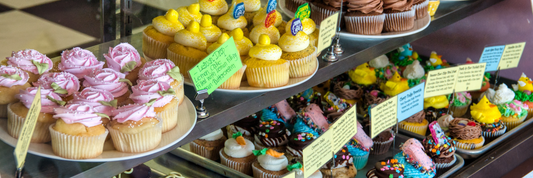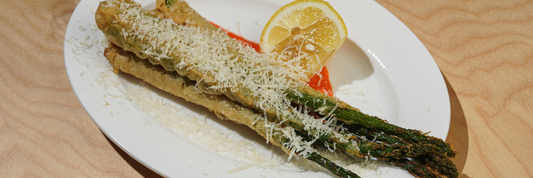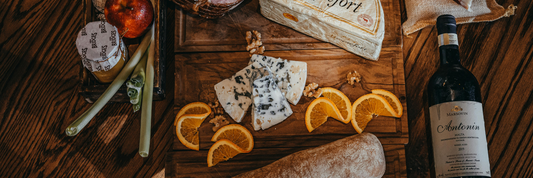Marble coasters are both elegant and practical, offering excellent protection for your surfaces from heat and moisture. Available in a variety of designs, from classic natural marble to modern patterned styles, they add a touch of sophistication to any space. In this guide, we'll explore why marble coasters work, how to maintain them, and even how to craft your own DIY versions.
Types of Marble Coasters
Marble coasters come in various styles and finishes, catering to different aesthetic preferences. Here are the most popular types:
- Natural Marble – Made from real marble stone, these coasters often feature classic white, gray, or veined patterns. Popular varieties include Carrara and Calacatta.
- Engineered Marble – A blend of marble chips and resin, this type is more affordable but slightly less durable than natural marble.
- Colored Marble – Dyed or painted for a unique aesthetic, these coasters range from bold and vibrant to soft, neutral hues.
- Patterned & Inlaid Marble – Featuring intricate designs or mixed materials, these coasters add personality and luxury to your décor.
Despite their beauty, some people wonder whether marble coasters are truly effective. Let’s explore the science behind them.
Do Marble Coasters Work?
Yes! Marble coasters effectively protect surfaces due to their unique properties:
- Heat Resistance – Marble conducts heat efficiently, dissipating it quickly to prevent damage to your tables.
- Moisture Absorption – Its porous nature absorbs condensation, helping to prevent water rings and stains.
- Durability – With proper care, marble coasters can last for years without significant wear.
However, they are not indestructible. Without proper maintenance, they can stain or chip. Let’s see whether marble is the best material for coasters.
Is Marble a Good Material for Coasters?
Marble is an excellent choice for coasters due to its combination of function and style. Here’s why:
-
Thermal Conductivity – Quickly absorbs heat from hot beverages.
-
Porous Structure – Soaks up minor spills and condensation.
-
Elegant Aesthetic – Enhances home décor with a timeless look.
- Durability – Withstands daily use with proper care.
If you love the elegance of marble, you can even create custom coasters at home. Let’s explore how!
DIY: How to Make Marble Coasters
Creating your own marble coasters is a rewarding DIY project. Here’s a step-by-step guide:
Materials Needed:
- Marble tiles or slabs
- Tile saw (or diamond-blade circular saw)
- Sandpaper (various grits)
- Polishing compound
- Epoxy resin (optional, for added durability)
- Protective gloves and eye protection
Steps to Make Marble Coasters:
- Cut the Marble – Use a tile saw to cut marble into your desired coaster size.
- Smooth the Edges – Sand the edges starting with coarse grit and finishing with fine grit.
- Polish the Surface – Apply a marble polishing compound to enhance shine.
- Seal the Coasters (Optional) – Apply a sealant to protect against stains and scratches.
- Add a Non-Slip Base (Optional) – Attach felt pads or epoxy backing to prevent surface scratches.
Pro Tips:
- Safety First: Always wear gloves and goggles while cutting and sanding marble.
- Experiment: Try different marble types or add patterns using engraving tools.
- Customization: Use gold leaf, paint, or resin inlays for a unique touch.
Looking for more creative ideas? Check out these fun marble coaster craft projects.
20 Creative Marble Coaster Ideas
If you want to personalize your coasters, try these creative approaches:
- Engraved Coasters – Use a laser cutter or Dremel tool for custom designs.
- Gold Leaf Accents – Add metallic detailing for a luxurious finish.
- Hand-Painted Designs – Use enamel or acrylic paint for a splash of color.
- Mosaic Inlays – Combine marble with small tiles or glass pieces.
- Resin-Coated Marble – Create a glossy, protective finish.
- Photo Transfer Coasters – Apply images using a transfer technique.
- Textured Marble – Sand sections for a mix of smooth and rough finishes.
- Ombre-Dyed Coasters – Experiment with gradient color effects.
- Nature-Themed Engravings – Etch floral or leaf patterns for a rustic look.
- Stenciled Marble – Use stencils for precise designs.
- Marble & Cork Fusion – Add cork backing for a soft, non-slip base.
- Minimalist Monochrome – Stick to black, white, or neutral tones.
- Marble & Wood Combination – Combine materials for a warm aesthetic.
- Floral Pressed Coasters – Embed dried flowers in resin on marble.
- Glow-in-the-Dark Accents – Use phosphorescent paint for a fun twist.
- Abstract Resin Pour – Mix resin with paint for a fluid art look.
- Patterned Transfers – Apply stylish patterns using decoupage techniques.
- Gemstone Edge Coasters – Enhance edges with crushed crystals or gems.
- Marbled Paint Effect – Swirl colors onto the marble surface.
- Matte vs. Glossy Finishes – Mix textures for a chic, modern feel.
How to Care for Marble Coasters

To keep your coasters in top shape, follow these care tips:
Cleaning & Maintenance:
-
Regular Cleaning: Wipe with a damp cloth; avoid harsh chemicals.
- Mild Soap & Water: For tough stains, use mild soap and rinse well.
- Gentle Abrasives: Use fine sandpaper or marble polish for persistent marks.
Preventing Damage:
-
Use Coasters Properly: Avoid direct exposure to acidic drinks like citrus or wine.
-
Avoid Extreme Heat: Use trivets for very hot objects to prevent thermal shock.
- Store Properly: Keep coasters in a cool, dry place when not in use.
Conclusion
Marble coasters are a timeless addition to any home, offering durability, functionality, and aesthetic appeal. Whether you buy them or make your own, they’re an excellent way to protect your furniture while adding a touch of elegance. With proper care, they can last for years, making them a worthwhile investment.






